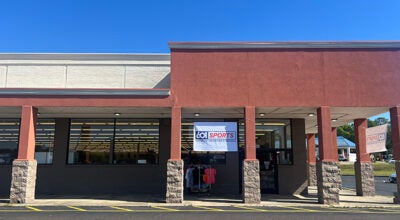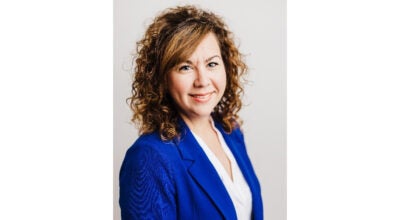Counterfeit money circulates in area
Published 9:02 pm Saturday, January 9, 2016
In recent weeks, there have been reports of counterfeit $100 bills circulating through Hazlehurst, Monticello and Brookhaven. The bills read “For Motion Pictures Only” in small print, otherwise appearing normal.
There have also been reports of more sophisticated counterfeit bills being used in the area as well. These bills have been used at a Brookhaven Dollar General, an employee confirmed. The counterfeit bills pass the marker test — and in many cases, like Dollar General’s, aren’t discovered until they make it to the bank.
Local banker Lisa Whittington said counterfeit money incidents happen more often than one might think, with at least three or four occasions locally since August. Whittington said isolated gas stations, and stores with high turn-around time for employees, are typically at the most risk for taking counterfeit bills unknowingly. Sometimes even if an employee does use the special marker made to identify counterfeit bills, the money passes for authentic.
Whittington said bank personnel in their security training are taught to tell the difference between true and fake bills — mostly identifiable by feel.
“The way they do it is by feel, it’s such an obvious thing when you hit it,” she said. “But the bank is taught to recognize those things, whereas your average consumer is not, your average small business is not. Unless they’ve seen counterfeit money, held counterfeit money in their hand, you could miss it, easily miss it.”
Fake bills tend to be slicker, lacking the tooth of an authentic note, or may seem like just old money. Whittington said these days, most notes in circulation have the identifiable strip that is most visible in the $100 note. Denominations starting with the $5 have a strip that can be seen when the bill is held up to a light and it becomes translucent.
Looking for the strip when holding money up to a light source, Whittington said, is a consumer’s best bet to identifying the fake stuff.
Many people know about at least some of the subtle watermarks the Federal Reserve uses to make money harder to reproduce, such as tiny 10s in the background of one side of the $10 bill. Another characteristic of fake money is ink saturation. Different colors used on authentic notes cannot be seen on its other side, whereas the ink used to make fake money typically bleeds through.
What if you suspect you have encountered counterfeit money?
“Take it to the police department,” Whittington said. “Also, it’s an individual decision whether a business wants to accept a bill or not if it looks suspicious. You don’t have to accept it.”





